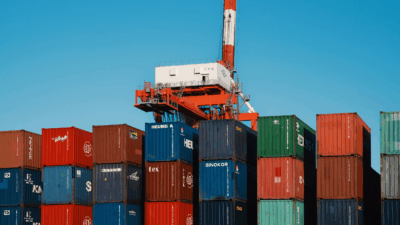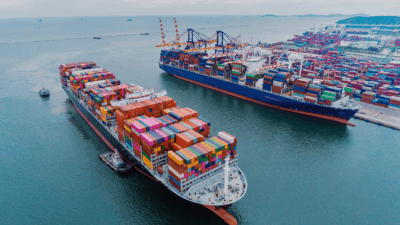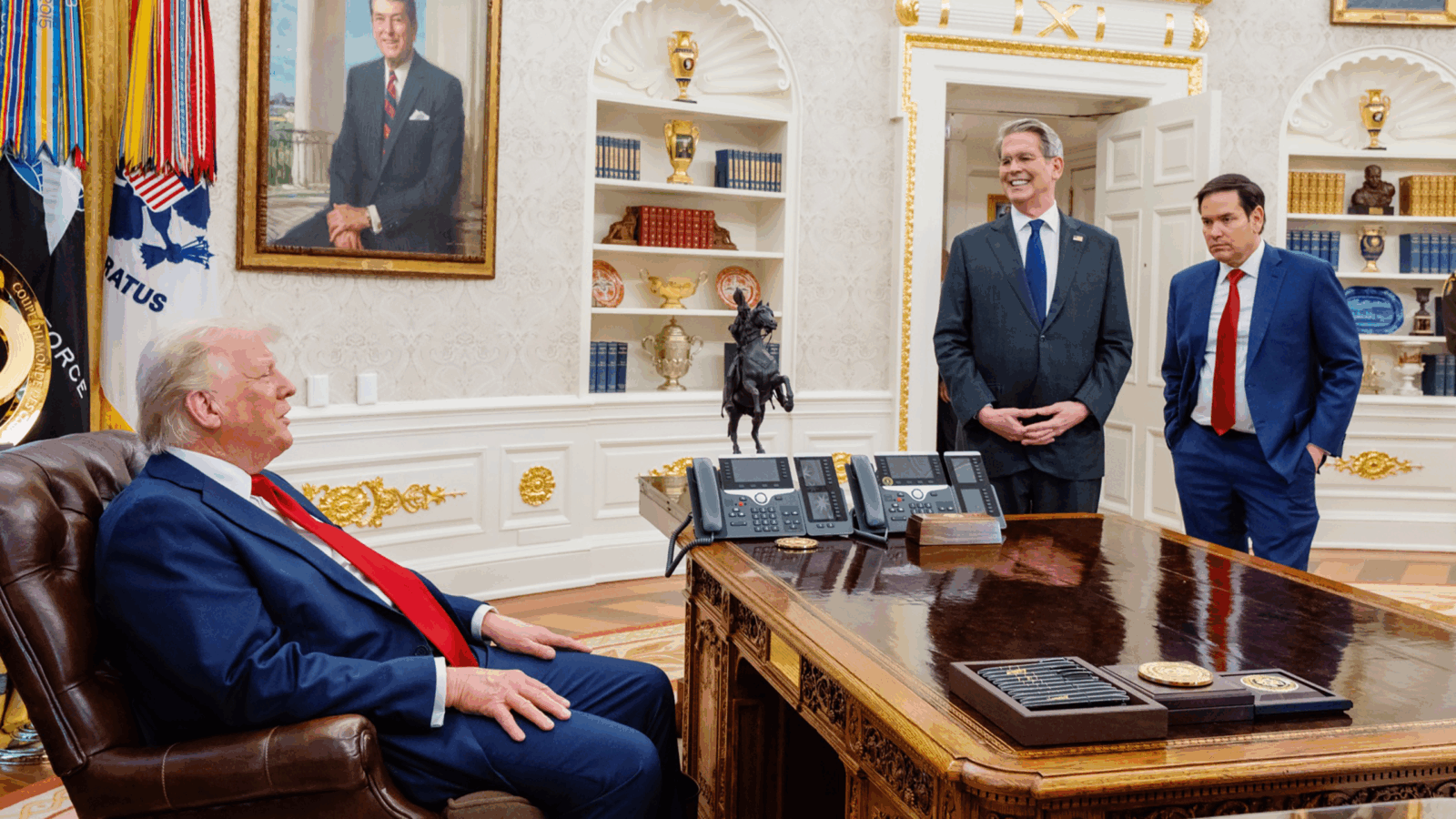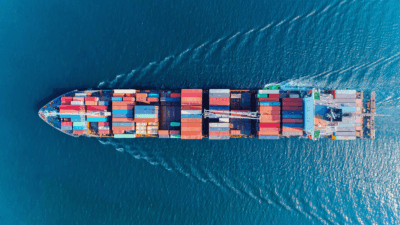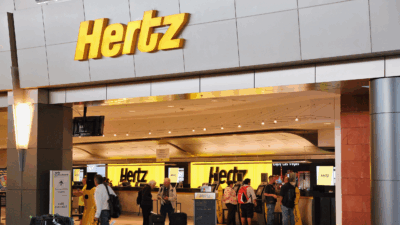Tariffs Begin Choking Off Shipments to US Ports
As the trade war rages on, big box stores are fearful of big empty shelves. And they’re letting the White House know it.
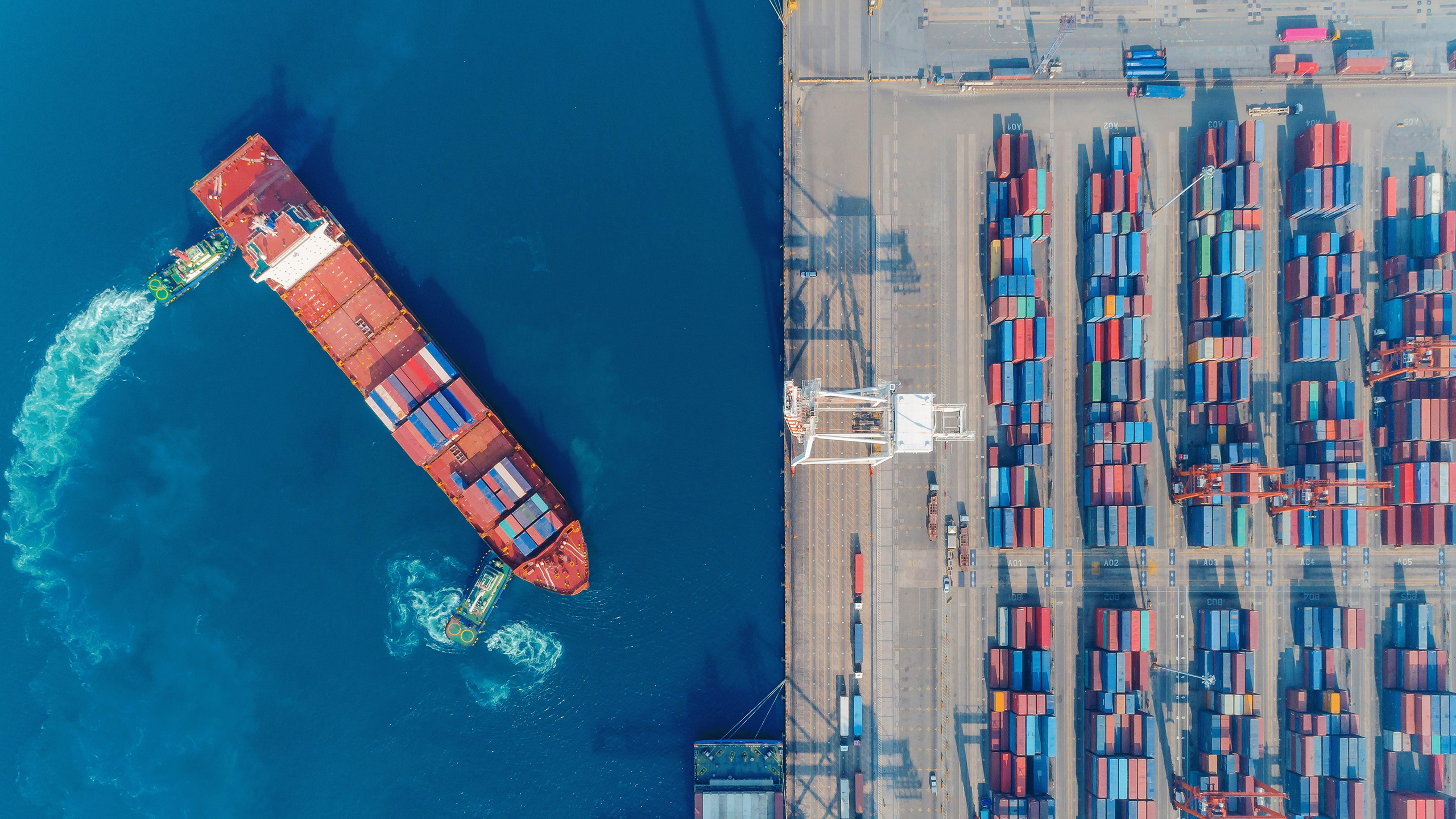
Sign up for smart news, insights, and analysis on the biggest financial stories of the day.
As the trade war rages on, big box stores are fearful of big empty shelves. And, according to an Axios report, they’re letting the White House know it.
This week, the CEOs of Target, Walmart, and Home Depot convened with the president to warn that supply chain disruptions caused by tariffs will lead to notable product shortages in their stores within just a couple of weeks, sources told Axios. The scare may have worked: On Wednesday, The Wall Street Journal reported the White House is considering steps to de-escalate trade tensions with China. As for the evidence for the CEO trio’s big scary claims, look no further than US ports.
Port Jesters
As companies and consumers alike scrambled to get ahead of the tariff waves, imports into the US have exploded so far this year. According to Census Bureau data, US imports of consumer goods increased about 25% year-over-year in both February and January (figures for March have not yet been released). The port of Los Angeles, one of the nation’s biggest, is expecting 22 vessel arrivals this week, an increase of 57% year-over-year.
But the frontloading is simply the storm before the dreaded calm. Freight company HLS Group told clients earlier this month that it has already recorded 80 cancelled vessels out of China as tariffs crunch demand (China accounts for about 30% of all containerized US imports; it takes about two to three weeks for ships to travel from China to West Coast US ports). The ports are preparing for a serious drop-off in activity:
- Imports in the second half of 2025 are expected to be down at least 20% year-over-year, according to the Global Port Tracker report recently published by the National Retail Federation and Hackett Associates.
- And the downturn may be right around the corner: The port of Los Angeles has just 16 vessels scheduled to arrive the week of May 4, a 34% year-over-year decrease; the port of Long Beach is probably facing a 25% decrease in imports year-over-year in May, which is now expected to see the end of a 19 month-long streak of year-over-year increases in import volume, according to the Global Port Tracker report.
“We are at a tipping point on the West Coast,” Ken Adamo, chief of analytics at DAT Freight & Analytics, told CNBC earlier this week. “Looking at how many truckloads are available versus trucks, we’ve seen a precipitous drop. Over 700,000 loads have evaporated nationally in the past week compared to two weeks prior.”
Custom Made: The White House often touts tariffs for their revenue-generating ability, and on Wednesday, data released by the US Treasury Department showed that revenue from customs duties reached at least $16 billion in April, up 60% year-over-year. The White House has also suggested, however, that tariffs could possibly replace the federal income tax in the long term. Last year, the IRS said it collected some $1.14 trillion in federal income taxes. It’ll take a lot of tariffs to close that gap.

